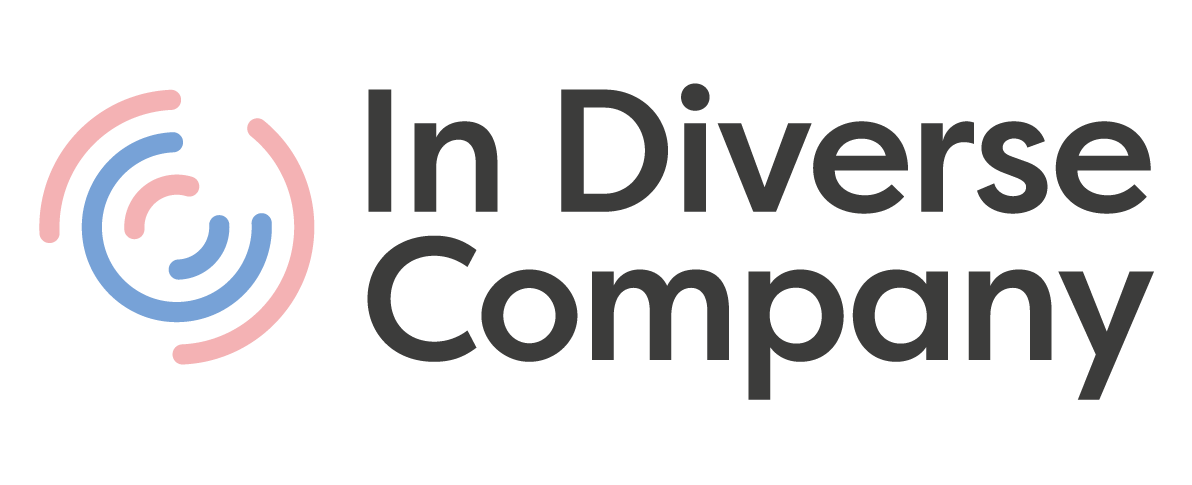By Manasi Bharati, Senior Psychology Consultant
Diversity and inclusive onboarding
Embracing diversity goes beyond acknowledging differences in race, gender, ethnicity, and religion. It encompasses cultural nuances, socioeconomic backgrounds, language diversities, and unique experiences that individuals bring to the table. In the initial stages of the employee lifecycle, onboarding matters the most as it is the first step of integrating a new employee into a new work environment.
The aim of inclusive onboarding is to welcome and integrate individuals from various backgrounds, ensuring they feel valued, respected, and supported right from the start. This approach not only fosters a sense of belonging but also contributes to the overall success and productivity of the workforce. Thus, creating an inclusive onboarding process for new hires is crucial in today’s diverse workplaces.
What the numbers say
- Inclusive onboarding practices can positively impact employee engagement, retention, and innovation (SHRM).
- According to a Gallup study (2019), only 12 per cent of employees felt their company did a great job with onboarding. However, they were nearly three times as likely to say they had the best possible job.
- For those who had managers as a part of the onboarding, they were 3.4 times more likely to say that their onboarding was exceptional.
- 29% of new hires felt prepared and supported to excel in their new role.
- The reasons for onboarding processes not being inclusive could be their short length, a lack of involvement of the entire organisation, and a lack of measuring the process.
These numbers indicate that not much focus by organisations across the globe has been given to the onboarding process.
Practicing inclusive onboarding
Fostering an inclusive onboarding process globally requires deliberate actions and practices recognising and celebrating diversity across various cultural, linguistic, and societal contexts.
To ensure an inclusive onboarding process, the following can be done:
1. Understand the context and communicate well: Consider whether it is an offline or a virtual onboarding process, what the role of the person is, at what stage are they entering or re-entering the workforce, what is their work, education, socio-cultural background, what are the things they might need to perform to the best of their capabilities, are there any accommodations needed, etc. Onboarding activities, such as team-building sessions, can be offered virtually or in person. Communicate the organisational systems and diversity and inclusion strategies and policies in clear terms.
2. Provide cultural customisation: Based on the context, incorporate cultural sensitivity and nuances into the orientation process by recognising diverse traditions, holidays, and customs. Offer cultural sensitivity training to all those involved in the onboarding process. A tailored welcome session can deeply resonate with new hires, making them feel connected and appreciated. Adopt bilingual or multilingual approaches in the onboarding materials to ensure proper communication.
3. Establish support systems: Implement mentorship programs or buddy systems where experienced employees can guide new hires by pairing up with them. This eases their transition and helps them understand the company culture and values. Additionally, encourage participation in employee resource or support groups and diverse task forces. This can establish psychological safety and enable new hires to engage with individuals with similar backgrounds or experiences.
4. Evaluate your onboarding process: Establish mechanisms for feedback from those being onboarded and those that are part of the process to gauge the effectiveness of onboarding initiatives in promoting inclusivity. Regular assessments allow for adjustments and improvements, which can be reviewed with global best practices and latest research. Track diversity metrics related to new hires, retention, and engagement, using data to inform future strategies and ensuring a commitment to fostering an inclusive workplace. Also, have a checklist to ensure that the process is inclusive.
By acknowledging and embracing diverse backgrounds in the onboarding process, organisations strengthen their workforce and cultivate an environment where every individual feels valued and respected, contributing positively to the company’s success.
Here’s your next read on inclusive organisations and employees’ mental health






